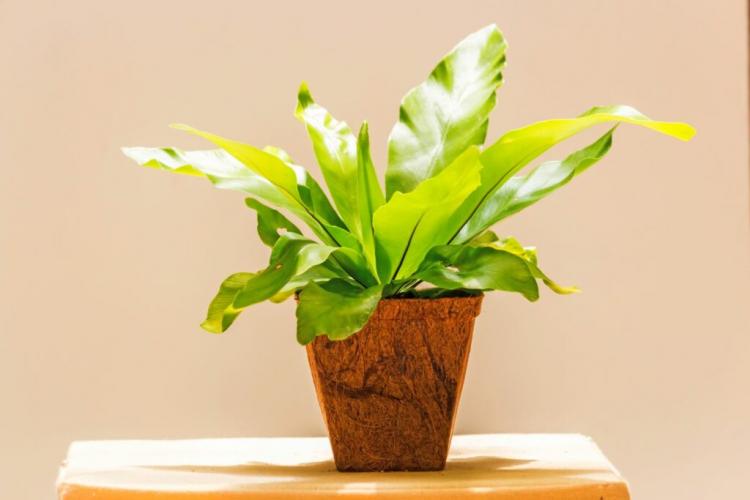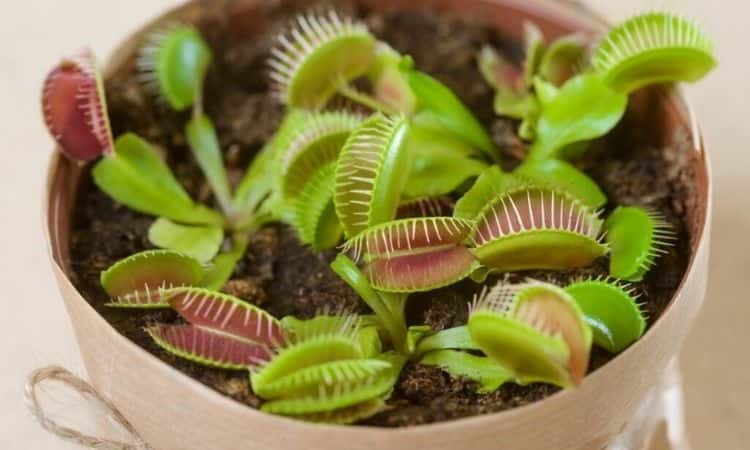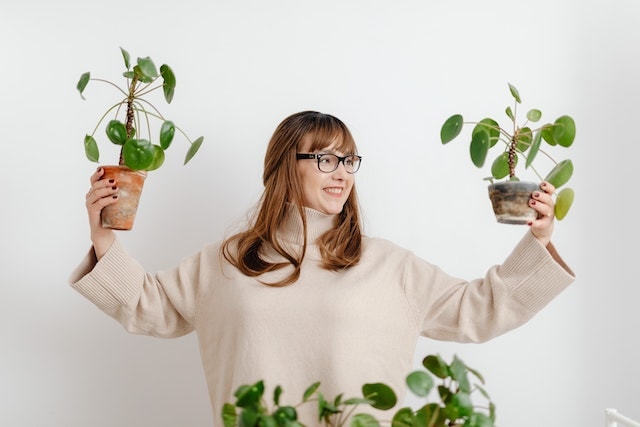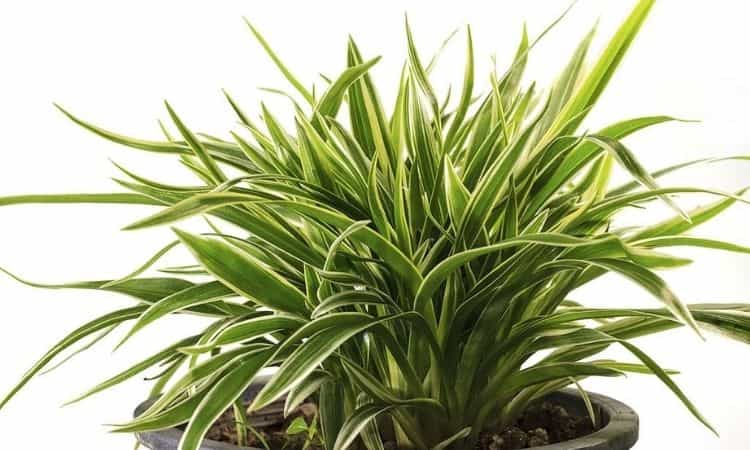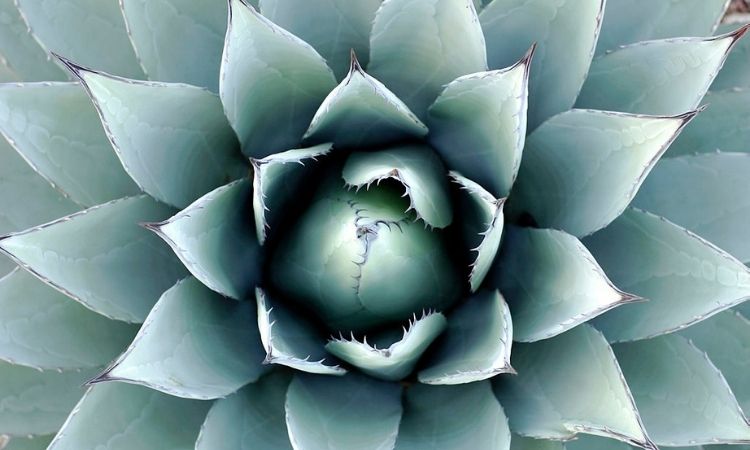Hibernating Container Plants: How To Do It Correctly
Which plants can be overwintered in the tub and when should they move to their winter quarters? Here you can find out everything about wintering container plants.
For many people, potted plants in the garden offer the opportunity to cultivate exotic or Mediterranean plants. However, our cold winters cause problems for many plants. Read here which places are suitable as winter quarters and how to properly care for potted plants during their winter rest.
Hibernate potted plants: which plants have which requirements?
Table of Contents
Container plants to be overwintered can be roughly divided into three groups: evergreen plants, deciduous plants, and exotic plants, whereby the latter can usually also be seen as evergreen plants.
On the one hand, they make different demands on the temperature and light conditions in winter quarters. On the other hand, various problems can arise if the location is not chosen appropriately.
The evergreen plants include, for example, the myrtle family (Myrtaceae) such as the cylinder cleaner (Callistemon) or dog poison plants (Apocynaceae) such as the star jasmine ( Trachelospermum jasminoides ). They are dependent on plenty of light and yet low temperatures during their winter dormancy.
Evening primrose plants (Onagraceae) such as the fuchsia ( Fuchsia ) or nightshade plants (Solanaceae) such as the angel’s trumpet ( Brugmansia ), on the other hand, belong to the deciduous tub plants and can also be overwintered in the dark.
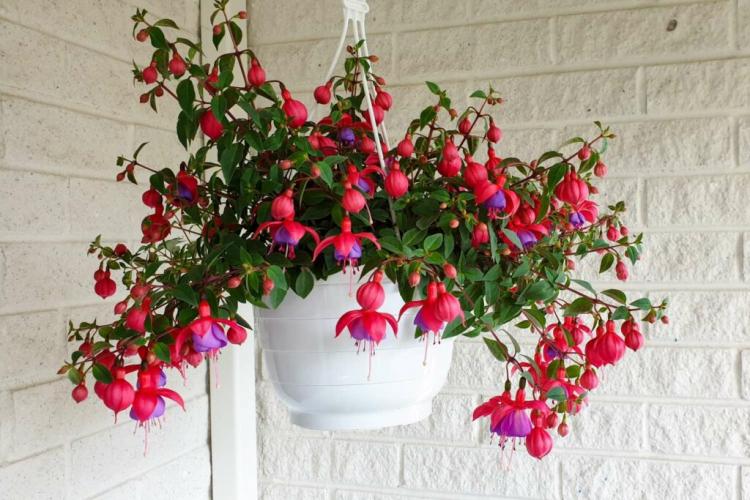
The exotic plants include the laurel plants (Lauraceae), palm plants (Arecaceae), and citrus plants (citrus) of the rhombus family (Rutaceae). The exotic plants, in particular, do not like it too dark in winter but can withstand higher temperatures.
In general, however, the following applies to all three groups: the lower the temperature during sintering, the better they can be overwintered and the less likely problems will arise.
Summary: The 3 groups of potted plants
- Evergreen potted plants: Need it light and as cool as possible in winter
- Deciduous potted plants: Can also overwinter in the dark, like it cool
- Exotic, evergreen potted plants: need a lot of light even in winter, tolerate slightly higher temperatures
When should you make potted plants winterproof?
There is no one correct date for moving to winter quarters, as the temperatures fluctuate every year. One year it can be too cold outside as early as October, while the following year is much milder and the plants feel comfortable outside until November. The following rule of thumb applies to the wintering of all potted plants: as short as possible in winter quarters, but as long as necessary.
Most plants can tolerate longer periods of cold of 5 to 10 ° C. If the temperature falls below that, the move to winter quarters should take place. More cold-tolerant plants, such as myrtle ( Myrtus communis ), loquat ( Eriobotrya ), or star jasmine, but also laurel ( Laurus nobilis ) or oleander ( Nerium oleander ), can withstand temperatures of 0 to 5 ° C as long as it is not freezing. Most exotic or Mediterranean plants prefer temperatures of over 10 ° C, so they should be wintered earlier.
The right location for the winter in the house
The choice of location again depends on the plant itself, there is no perfect location for all plants together. But it applies equally to all plants:
The cooler it is, the darker it can be, and the warmer it is, the more light is needed.
Various rooms are suitable for wintering in the house, such as a winter garden, a bright, unheated cellar, the garage, the stairwell, an unheated adjoining room, a greenhouse that is not used in winter, or a frost-free, bright orangery. The living rooms are less suitable because it is far too warm for almost all plants. Active growth of the plants is stimulated by the high temperatures, which in turn is inhibited by too little light.
The plant cannot do enough photosynthesis and therefore develops so-called “horny shoots”. These are long, thin, soft shoots that are supposed to promote photosynthesis. For the gardener, however, they are comparable to a call for help, since the plant would prefer to be moved to a cooler place. In addition, because of their soft consistency, the Geiltriebe is a popular feed for pests. In addition to light, the plants also need sufficient moist air, which is why they should be ventilated daily.
Evergreen plants like it especially bright in winter. They should therefore be placed near the window. Deciduous plants, on the other hand, require less light because they have little or no photosynthesis due to the lack of leaves. For example, the angel’s trumpet or the fuchsia can also be overwintered in dark rooms if the temperature there is so low that the plant cannot sprout.
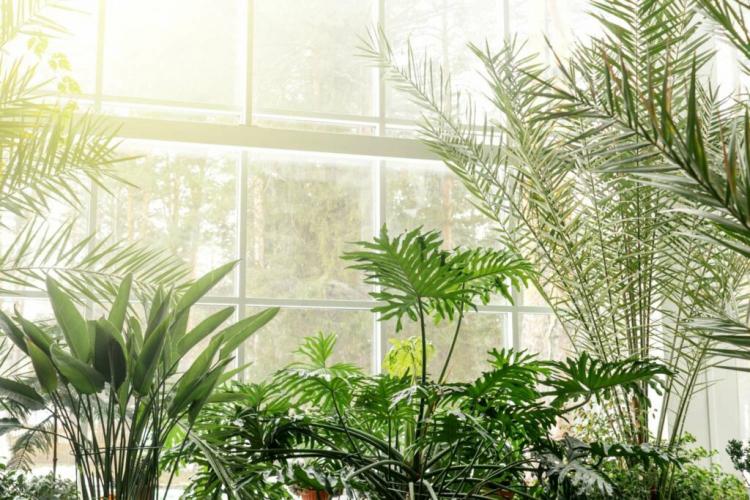
Because of their origin, exotic plants are used to higher temperatures in winter. Hibiscus ( Hibiscus ), beautiful mallow ( Abutilon ), ornamental banana ( Ensete ventricosum ), date palm ( Phoenix ), or club lily ( Cordyline ) can also be accommodated in moderately heated rooms if they are allowed to stand by the window. The windows should be clean and the curtains should be pushed aside to let more light into the room. Only direct proximity to the heating should be avoided. The dry, warm heating air promotes the spread of pests. Therefore you should check the plants for pest infestation before wintering and take the necessary countermeasures.
Tip: Brown edges on the leaves can be an indication of a possible pest infestation, but also indicate insufficient humidity.
The right winter protection for potted plants in the garden
In mild regions, robust plants such as laurel or oleander can be overwintered outdoors or on the balcony, they can withstand short-term colds of -5 ° C without any problems. Olive trees, figs, or grapevines can also be overwintered outside. Many plants benefit from putting fir branches or similar filling material between the branches close to the ground. For example, the grafting point of roses ( Rosa ) is protected or additional protection is created for garden hydrangeas (Hydrangea macrophylla) that are susceptible to frost.
For proper winter protection, the bucket should be placed on a piece of styrofoam to keep the ground free from frost. The drainage of excess irrigation water must be guaranteed, otherwise, root rot can occur. In addition, the tub and plant should be wrapped in a hemp or jute sack to protect them from cold wind and low temperatures.
Especially with large container plants such as camellias ( Camellia japonica ), wrapping the pot and the entire plant with raffia mats helps very well. If you have more than one container plant, these can be put together for mutual protection. A location along the house wall provides additional protection and uses the heat that is radiated from the house.
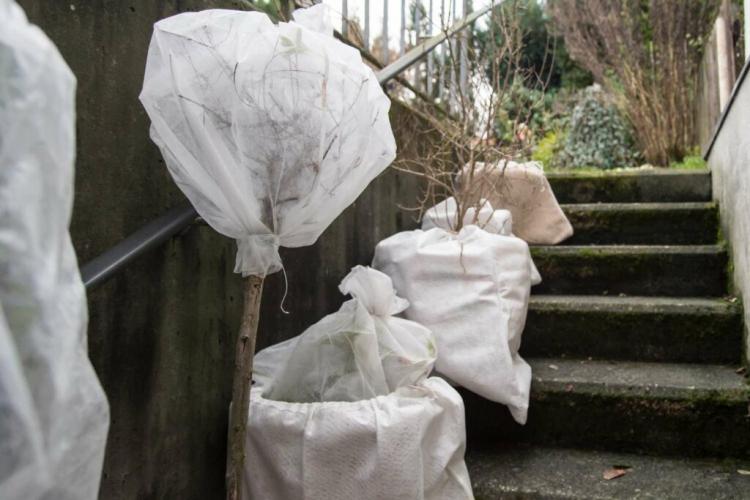
For evergreen potted plants such as dwarf rhododendrons, azaleas, and camellias, a location without much direct sunlight should be chosen. If there is too much sun and frost at the same time, there is a risk of “frost dryness”: the plants are stimulated by sunlight to perform photosynthesis and thereby transpire water. However, when there is frost, the water absorption from the partially frozen soil in the pot is severely restricted. As a result, the evergreen plants suddenly let their leaves droop. With a less bright location, the otherwise robust plants are protected from frost and dryness and can also survive freezing temperatures.
Winterizing potted plants: the right care
Container plants that overwinter well packed in the garden are usually very easy to care for: They should be checked regularly for frost damage in winter to improve the winter protection if necessary. Watering or fertilizing is usually not necessary, just some evergreen plants may occasionally need some water in particularly dry winters.
If the planters are moved to a frost-free area over the winter, the pots should be left to dry as far as possible, on the one hand, prevents root rot and on the other hand, makes transport to the winter area easier. The bucket should be cleaned and leaves and plant residues removed before transport. This is how you prevent a pest infestation.
If the plants have already grown particularly large, moderate pruning can be carried out. However, you should wait until spring before budding in February before making the large cut, as the cut wounds heal better when vegetation begins. How many and which shoots are cut, in turn, depends on the plant. The annual wood must be preserved in plants that have flowers on them. Sick or damaged shoots should be removed in any case.
During hibernation, the plants in their winter quarters are undemanding. It is sufficient to water a little once a week. However, you should only water when the surface has dried off. If you are not sure, it is better to wait a few days before watering, as almost all plants survive short droughts better than too much moisture.
In addition, the rooms should be ventilated regularly. This lowers potential pest pressure and prevents dry edges on the leaves that are caused by heating air. Pests can spread quickly between the closely spaced plants in the winter quarters, so regular checks for pest infestation are very important. In the event of a possible infestation, action can be taken quickly and sustainably.
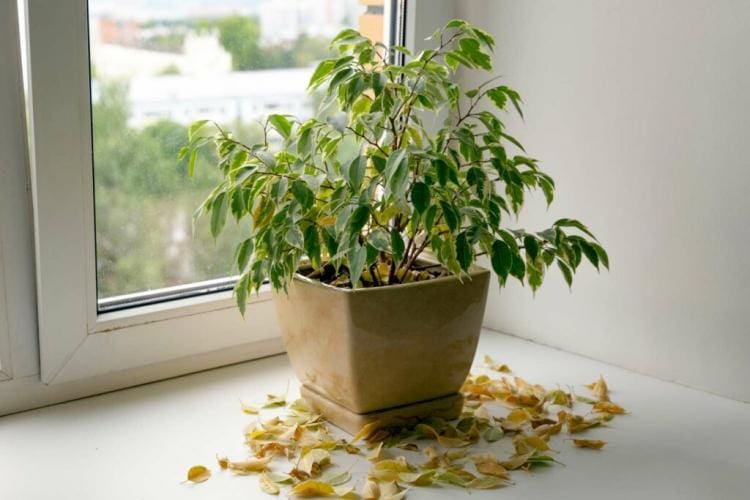
Tip: A common problem with bright and warm wintered exotic species is the dry heating air. It not only ensures dry leaf margins but also promotes thrips and spider mites infestation. You should therefore regularly spray the wintered exotic species with water or place bowls filled with expanded clay and water near the plant – these evaporate water and thus keep the humidity high.
Hibernate potted plants: First fertilization after hibernation
Finally, when spring approaches, deciduous plants begin to grow roots hidden in the ground before the first leaves emerge. Here it makes sense to support the plant with a primarily organic fertilizer. Even evergreen and exotic plants gradually start to put energy into their growth again, both in the roots and in the upper parts of the plant.
This means a high expenditure of energy for the plant. Our nitrogen-based Gardender organic indoor and green plant fertilizer strengthens microbial soil life and stimulates root and leaf growth at the beginning. The organic liquid fertilizer can ideally be administered with the irrigation water, as the nutrients can be distributed throughout the bucket and absorbed by the roots. Later, a special fertilizer suitable for the plant should be used to supply it as best as possible.
You might so like:

